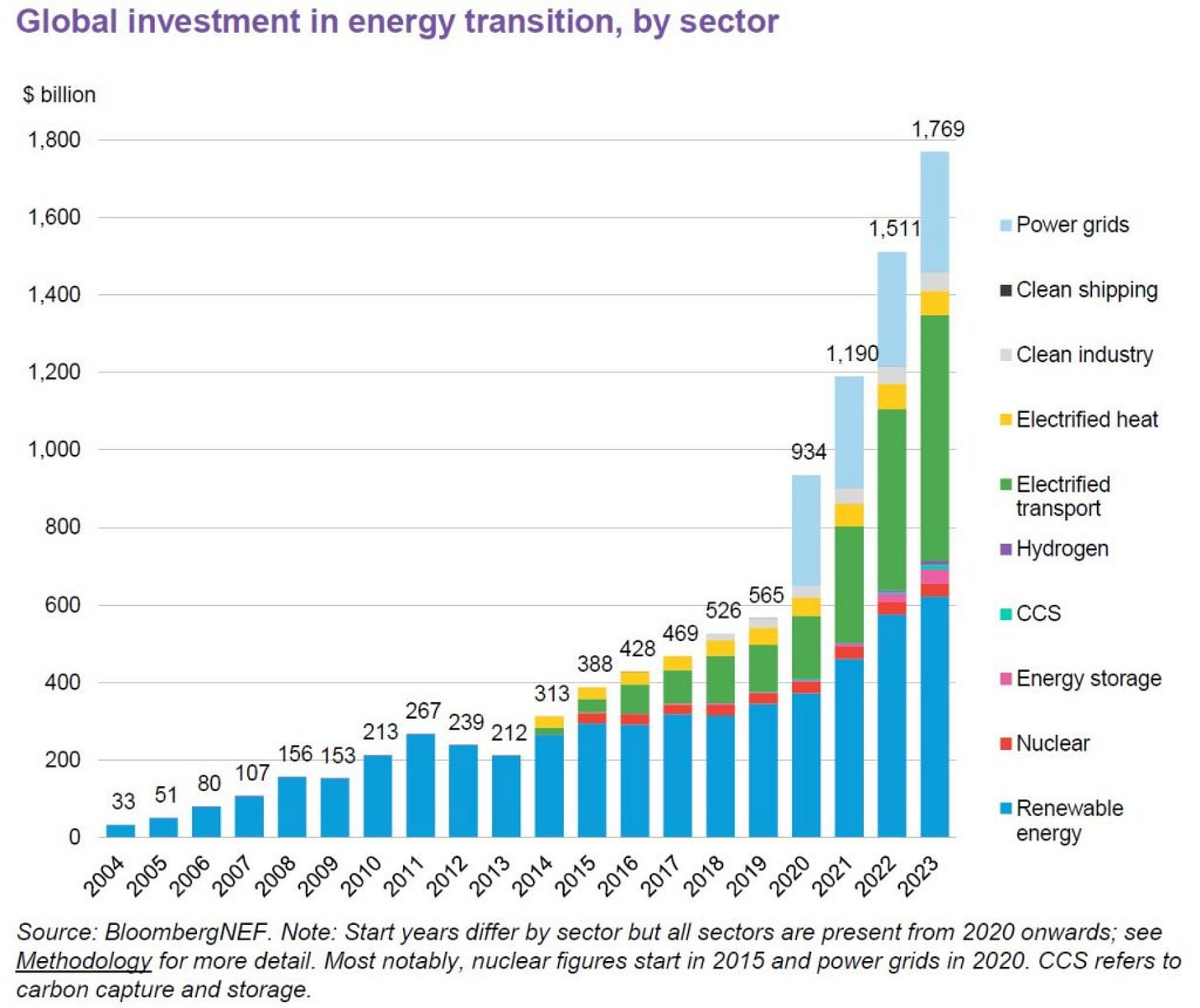The doom spiral
4 min read
The doom spiral
Posted on 17 September 2024 by Guest Author
This is a re-post from The Climate Brink by Andrew Dessler
In his last post, Zeke discussed incredible warmth of 2023 and 2024 and its implications for future warming. A few readers looked at it and freaked out:
This is terrifying
and
This update really put me in a spiral. I want to have hope, but when people like Leon Simons surround your articles with scary language, it’s hard not to become a Doomer. Not sure, what I am going for with this comment, just a soul reaching out.
and
Feeling doomed
Please don’t feel this way!
There are two facts that keep me grounded, and here they are:
-
When humans stop emitting greenhouse gases into the atmosphere, the climate will stop warming.
-
We have the technology to mostly stop emissions over the next few decades.
The amount of warming the Earth experiences after emissions stop is known in the climate biz as the zero-emissions commitment, often abbreviated ZEC.
Recent work over the last decade suggests that the ZEC is zero. In other words, once we stop emitting greenhouse gases into the atmosphere, the climate will stop warming. For example, we can simulate this in models and they show:
Changes in (a) atmospheric CO2 concentration and (b) evolution of global surface air temperature (GSAT) following cessation of CO2 emissions. Individual models are the gray lines, the multi-model mean is the black line. From Fig. 4-39 of the IPCC AR6 WG1 report.
The left panel shows atmospheric abundance of CO2 when emissions cease and it shows that the amount of CO2 in the atmosphere starts to decline as soon as we stop emitting CO2. The right panel shows temperature after emissions stop. Some models show a few tenths of a degree of warming and others a few tenths of a degree of cooling. However, our central estimate is that the global average temperature does not change once emissions stop.
We have a good theoretical understanding of this: the decline in radiative forcing from the CO2 decrease cancels the disequilibrum between the ocean’s mixed layer and the radiative forcing, so there’s no net warming.
Now for the second fact …
We are living through a legitimate, once-in-a-lifetime energy revolution. The last one was 150 years ago when the fossil-fuel era started. Today, we’re moving from that energy system, which is based on burning crap, to one based on directly generating electricity from renewable energy sources.

The main driver is the decreased the costs of solar and wind power, making them competitive with fossil fuel energy sources. These power sources directly produce electricity, so a grid running on them is far more efficient than one that produces electricity from heat.
Because wind and solar are intermittent energy sources, we still need a backbone of fossil fuels to handle the times when those are not producing enough. Analysis from energy experts have concluded that we can have a system that’s 90% clean energy and (on average) 10% natural gas in 2035 and pay about the same amount for electricity as we’re paying today. If you factor in the externalities of fossil fuels (e.g., air pollution) the cost of energy on that cleaner grid will actually be far cheaper.
But it gets better: Battery innovation is moving at astonishing speed and it seems very likely to me that, within a decade, batteries will be able to store excess energy during peak production times and release it when demand exceeds supply. This will allow to ditch the natural gas backbone.
Fossil fuels are a multi-trillion dollar industry, arguably the most powerful in the history of humanity. With deep financial reserves and extensive influence over global economic and political systems, these industries are not going to accept defeat in the market.
Fossil fuel interests are therefore deploying their nearly unlimited resources to rig the market. They’re using strategies that range from aggressive public relations campaigns, spreading misinformation, and pushing compliant politicians to enact policies that hinder the development of alternative energy technologies. One need look no further than Project 2025 to see a recipe for how policymakers entrench fossil fuels in our society.
Why does this make me optimistic? Because it means that climate change is not a scientific or technical problem — it’s a political problem. And political problems can be solved by voting.
Never forget that there is a better world we can reach in the next few decades: a world without human-caused climate change, without air pollution, and without energy-caused geopolitical instability. Fossil-fuel interests are doing everything they can to stop us from getting there.
So rather than get depressed and enter the doom spiral, commit to do something. If you want to live in that better world, take action: talk to your friends, phone bank for politicians who care about climate change, and make sure your climate-concerned friends all vote.
If you get too depressed to fight back, fossil-fuel interests win. Don’t let them.
Read the indispensable Renewable Revolution on the transition from primitive heat to modern work, then subscribe.
Read the Berkeley 2035 report on how we can get to a 90% clean grid by 2035.
The Net Zero America report shows how to get to net zero by 2050 and pay historically comparable prices for energy.
I love the 99% invisible podcast. They’re doing a series called “Not Built for This” about adaptation to climate change. I’ve listened to the first few episodes and it’s great.



